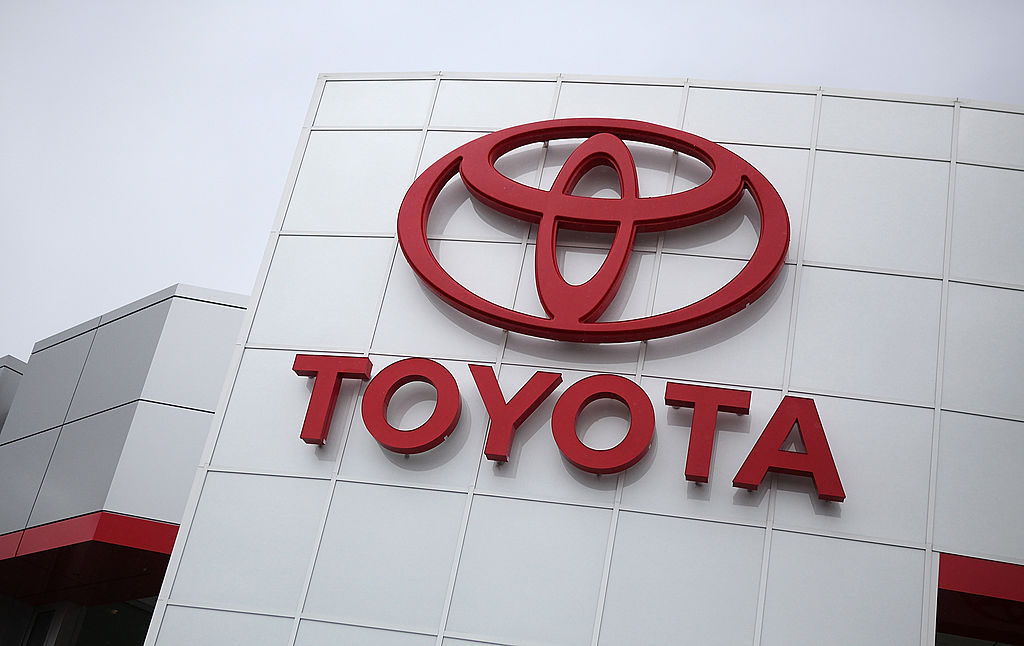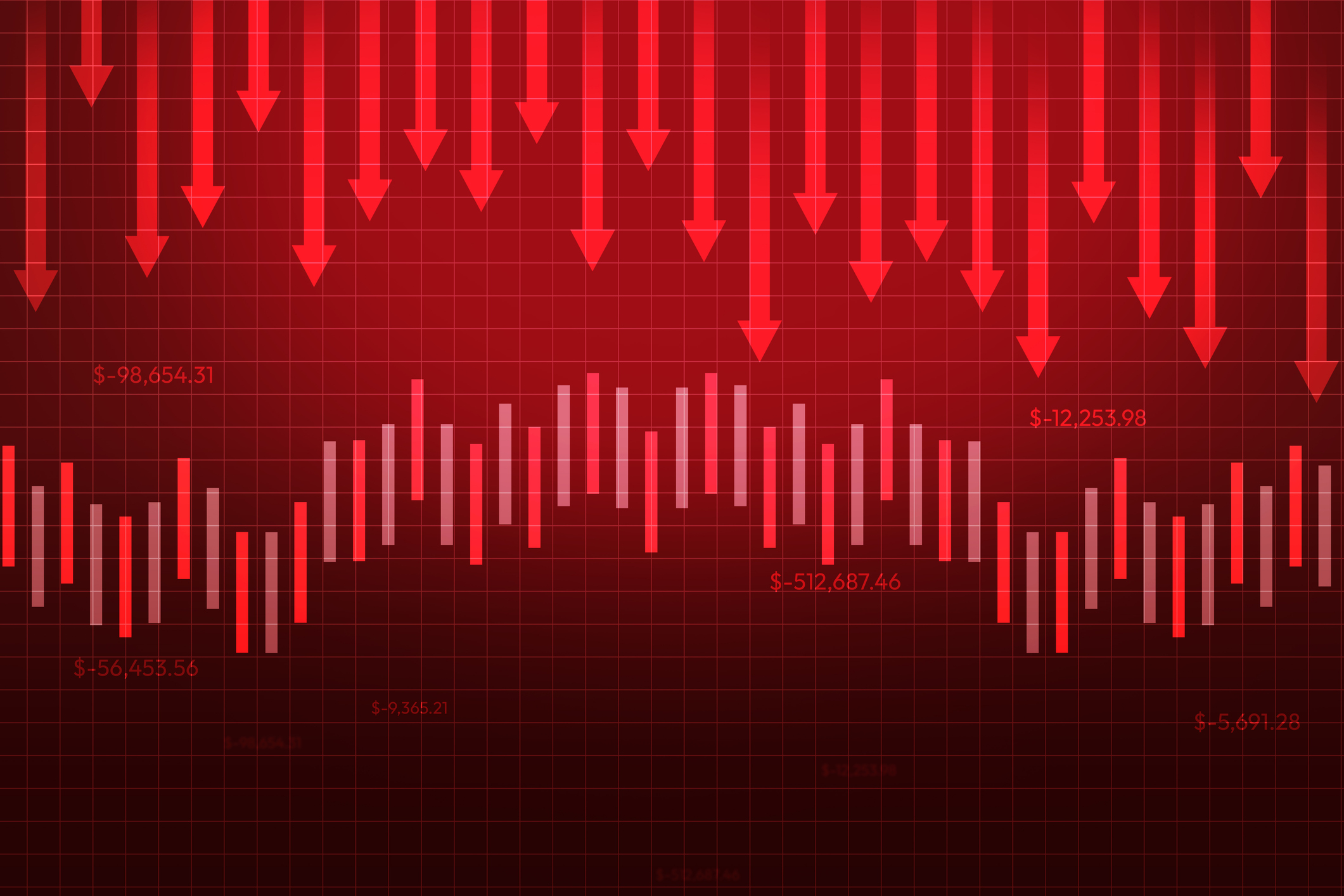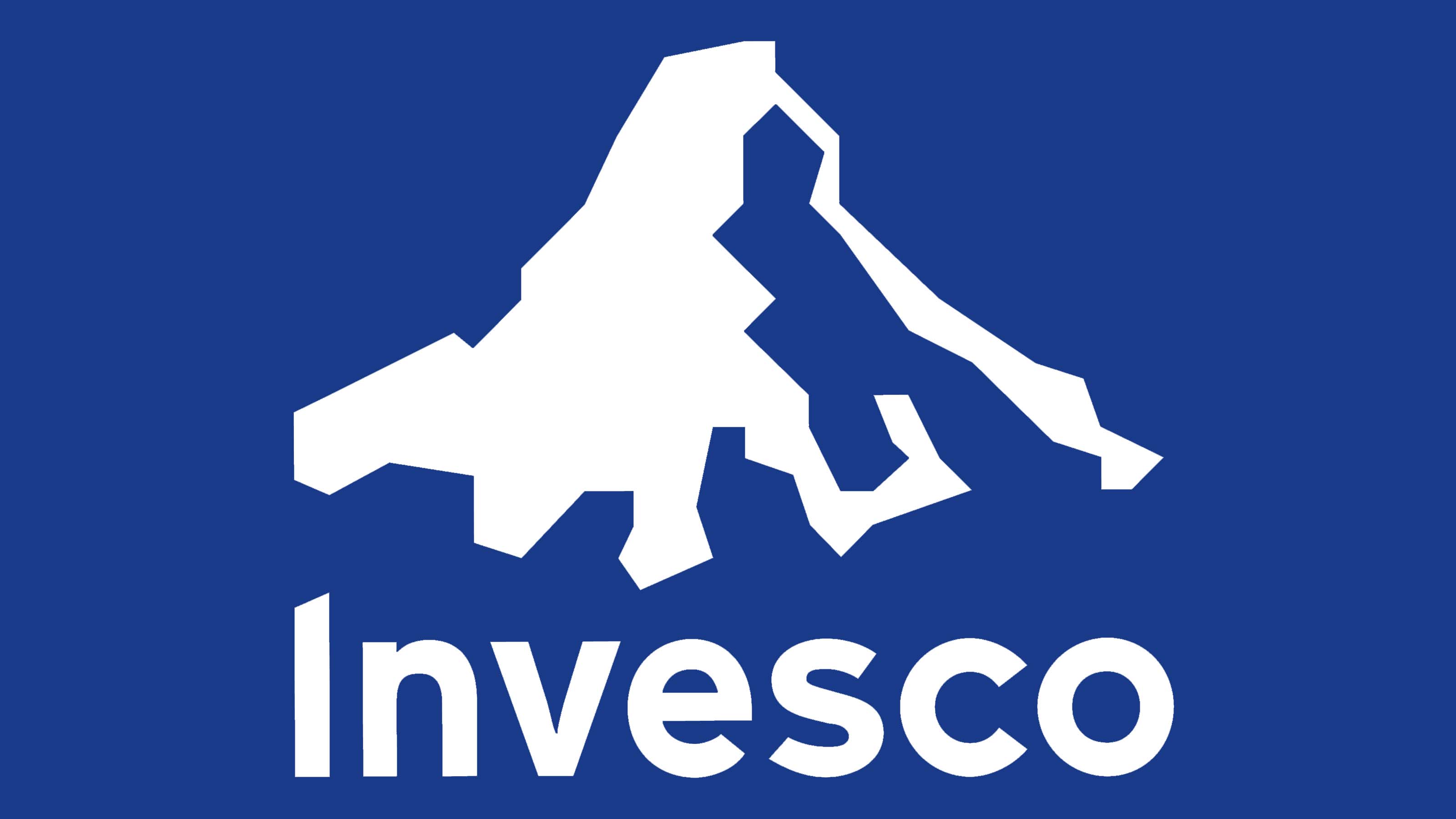The Best Large-Cap Stocks to Buy
Large-cap stocks are key additions to any well-rounded portfolio. Let's take a look at how to find the best ones for you.


If you invest in the stock market, whether through individual stocks or funds, it's a pretty sure bet that you hold large-cap stocks.
Large companies are responsible for untold trillions of dollars of economic activity. They're the machines behind products and services that America – and in many cases, much of the world – use every single day.
They command media attention. They command our attention. They also command an enormous portion of the money people invest in hopes of building their wealth.
From just $107.88 $24.99 for Kiplinger Personal Finance
Be a smarter, better informed investor.

Sign up for Kiplinger’s Free Newsletters
Profit and prosper with the best of expert advice on investing, taxes, retirement, personal finance and more - straight to your e-mail.
Profit and prosper with the best of expert advice - straight to your e-mail.
As a result, they make up the very core of the stock market.
But how do you choose the best large-cap stocks to buy?
After all, even if you're just looking at U.S. companies, you have to pick from literally hundreds of corporations that deal in everything from providing electricity (i.e., utility stocks) to developing drugs (for instance, healthcare stocks) to designing sneakers, and so much more.
Today, we're going to look at the best large-cap stocks on Wall Street right now.
We'll explain what large-cap stocks are and how investors can find the best ones.
Stock (ticker) | Market value | Long-term EPS growth rate | Current ratio | Analysts' consensus recommendation | Dividend yield |
Chevron (CVX) | $252.1 billion | 10.0% | 1.06 | 1.50 | 4.4% |
Exxon Mobil (XOM) | $452.7 billion | 10.0 | 1.31 | 1.50 | 3.5 |
Medtronic (MDT) | $106.3 billion | 6.8 | 1.90 | 1.80 | 3.2 |
Goldman Sachs (GS) | $146.9 billion | 11.8 | 1.50 | 1.80 | 2.4 |
Caterpillar (CAT) | $137.6 billion | 7.9 | 1.42 | 1.33 | 1.8 |
Abbott Laboratories (ABT) | $215.9 billion | 10.1 | 1.67 | 1.80 | 1.8 |
Broadcom (AVGO) | $688.1 billion | 20.9 | 1.00 | 1.57 | 1.5 |
Oracle (ORCL) | $359.7 billion | 9.6 | 1.02 | 1.40 | 1.5 |
What are large-cap stocks?
The "large cap" in "large-cap stocks" is shorthand for "large capitalization." As in market capitalization – a standard measurement of a company's size, calculated by multiplying a firm's shares outstanding by the stock price, also called market cap.
So, what qualifies as a "large" market capitalization?
The most common definition of large-cap stocks is companies with more than $10 billion or more in market cap.
Mid-cap stocks have $2 billion to $10 billion, small-cap stocks less than $2 billion. Very big large caps, called "mega-cap stocks," have over $200 billion.
But the stock market can be a confusing, maddening place. The definition of even the most basic terms is often up for debate. Bull and bear markets? Market sectors?
Data providers, research firms and other financial institutions have varying definitions for these core ideas … and the same goes for large-cap stocks.
A good example? The Center for Research in Security Prices (CRSP) defines large-cap stocks as the top 85% of U.S. stocks by market cap.
Confoundingly, it defines mega-cap stocks as being the top 70% of U.S. stocks by market cap and mid-caps the next 15%, thus CRSP's definition of large-cap stocks includes mid-caps.
But I digress.
Past any rigid definition, large caps generally share certain characteristics.
"There are a lot of differences among the large-cap stock universe, but generally speaking, they are mature companies," says Liz Young Thomas, head of investment strategy at SoFi, an online bank and personal finance company.
"They exist in a space that has a reasonably well-defined competitive environment. Large-cap stocks also represent companies that consumers are familiar with."
Why do investors buy large-cap stocks?
Investors gravitate toward large caps for many reasons, but those reasons can be divided into two buckets: their characteristics and what they represent:
A relatively safe way to invest. The first bucket is pretty straightforward. Large caps can provide investors with some of best stocks to buy for an ideal balance of risk and reward.
They often boast far superior financial resources (cash generation, cash holdings, access to financing) compared to their smaller brethren – resources that can act as a reserve during difficult operational or economic times.
They tend to have much more diversified revenue streams, reducing the risk that a decline in one product or offering will lead to a collapse.
Even their sheer size helps reduce risk—it takes many more dollars to move a large-cap stock in any direction than it does a smaller company's shares.
Along with this stability, large-cap stocks can still deliver solid returns. The aforementioned financial resources can be used as a backstop, sure – but most of the time, they're used to invest in other things, such as research and development, marketing and sales.
The rule of large numbers might dictate that it's more difficult for a bigger company to grow as fast as a smaller firm, but large-cap companies still grow – sometimes, like weeds. Take the likes of mega-cap Nvidia (NVDA), which tripled in a span of three years.
Large-cap returns come from more than just price performance, though.
"Not all large-caps pay dividends, but many of the ones that pay handsome dividends are large caps," Thomas says. "Some sectors pay higher dividends, especially sectors such as utilities, consumer staples, and energy – those are most of the higher-dividend-paying sectors."
In other words, investors seeking out the best dividend stocks will want to home in on large caps.
Large caps are "the market" (for the most part). The second bucket is mostly structural.
If someone asks "How did the stock market do today?" you probably wouldn't be able to tell them how the entire U.S. stock market as a whole performed.
Instead, you'd probably tell them how the S&P 500 Index performed.
The same idea broadly applies to investing in stocks period. If you look up "How much can you expect stocks to return every year on average?," the answer will probably cite how the S&P 500 has performed over time.
Why the S&P 500? It's not a perfect proxy of the U.S. stock market, but it accounts for roughly 80% of the U.S. stock market's market capitalization, so it's an awfully good gauge.
But the S&P 500 isn't just an idle measuring stick. Literally trillions of dollars of assets are tied to funds that track the index.
Still trillions more are tied to funds that are benchmarked to the S&P 500 and try to beat the index's performance (usually by holding some of the S&P 500's components in differing amounts).
Why does this all matter? Well, large-cap stocks make up more than 80% of the S&P 500's market capitalization.
So, going back to the question of why investors buy large-cap stocks …
"Any movement you see or hear about in the S&P 500 or the market is likely to be dominated or driven by many of those large-cap companies," Thomas says.
"So in order to take part in big market moves, you too as an investor need to have exposure to those large-cap companies."
How to find the best large-cap stocks to buy
To be clear, the average investor is much better off trying to get large-cap exposure through a diversified fund.
"In the large-cap space, it's more difficult to pull out alpha (outperformance) to uncover something a well-established and covered company that no one else has uncovered," says Thomas.
Thomas explains that many investors simply don't have the money to build a broad portfolio stock by stock. "You might run out of gas on building that portfolio before you're well diversified."
But if you still prefer to build a portfolio out of single stocks – or, more commonly, if you'd prefer to add a few large-cap stocks to an existing portfolio of diversified funds to try to generate a little outperformance – we can help you start your search with a basic quality screen.
We're limiting the universe of large caps to U.S. companies. To get to the following list, we've looked for firms:
With a market capitalization of more than $10 billion: With respect to CRSP, we're going to stick with the more traditional measurement of a large-cap stock.
With a long-term estimated earnings-per-share growth rate of at least 5%: The goal here is to find high-quality stocks that will grow over time – and a good indicator of both are companies that are capable of growing their profits over time.
But we don't want to set the bar too high. If we only look for stocks with profits that are expected to skyrocket over time, we'll catch some high-growth stocks, to be sure … but at the risk of overlooking companies from defense sectors that inherently produce less growth, and instead offer more stability and income.
A 5% EPS growth expectation helps us thread the needle. (Just be mindful: Expectations don't guarantee results.)
A current ratio above 1.0: Current ratio is a basic measurement of at least near-term financial stability. It tells us whether a company has the assets to pay off any debts and obligations coming due within a year's time.
To calculate the current ratio, you just divide a company's current assets by its current liabilities. Anything under 1 is a signal a company might not be able to pay those debts.
Anything above 1 suggests a company will be able to handle those obligations.
We'll also point out that a current ratio can be "too high" – some consider that higher than 2.0, some consider it higher than 3.0 – but the only "danger" is that a company might not be utilizing capital as efficiently as it could.
Given the other quality indicators here, that's not a concern.
With at least 10 covering analysts and a consensus Buy recommendation: We'd like to look at stocks that are on Wall Street analysts' radar, which makes it likelier that there's both more reporting and more insights on these companies.
And all of the stocks must have an average broker recommendation of 2.5 or less within S&P Global Market Intelligence's ratings scale. S&P Global Market Intelligence converts analysts ratings into a numerical scale. Anything with a score of 2.5 or less is considered a Buy and a 1.5 or less is a Strong Buy.
Lastly, just like we didn't set an overly ambitious earnings estimate bar because we didn't want to exclude defensive stocks, we also didn't include a minimum dividend because we didn't want to exclude high-potential stocks that are using all its cash on growing the company.
Related content
Profit and prosper with the best of Kiplinger's advice on investing, taxes, retirement, personal finance and much more. Delivered daily. Enter your email in the box and click Sign Me Up.
Kyle Woodley is the Editor-in-Chief of WealthUp, a site dedicated to improving the personal finances and financial literacy of people of all ages. He also writes the weekly The Weekend Tea newsletter, which covers both news and analysis about spending, saving, investing, the economy and more.
Kyle was previously the Senior Investing Editor for Kiplinger.com, and the Managing Editor for InvestorPlace.com before that. His work has appeared in several outlets, including Yahoo! Finance, MSN Money, Barchart, The Globe & Mail and the Nasdaq. He also has appeared as a guest on Fox Business Network and Money Radio, among other shows and podcasts, and he has been quoted in several outlets, including MarketWatch, Vice and Univision. He is a proud graduate of The Ohio State University, where he earned a BA in journalism.
You can check out his thoughts on the markets (and more) at @KyleWoodley.
-
 More Than 1 Million Toyota, Lexus and Subaru Vehicles Recalled for Camera Issue. Is Your Vehicle Affected?
More Than 1 Million Toyota, Lexus and Subaru Vehicles Recalled for Camera Issue. Is Your Vehicle Affected?A software glitch in the Panoramic View Monitor system causes blank or frozen rear-camera images, triggering a massive recall of 2022-26 models.
-
 My Four Pieces of Advice for Women Anxious About Handling Money
My Four Pieces of Advice for Women Anxious About Handling MoneyTalking about money can help you take control of your finances.
-
 Costco Gold Bars Keep Selling Out. Are They a Smart Investment?
Costco Gold Bars Keep Selling Out. Are They a Smart Investment?How Costco's bullion program works, how to get the best deal and whether it makes sense for investors.
-
 Use This Stock Market Recipe for a Well-Diversified Portfolio
Use This Stock Market Recipe for a Well-Diversified PortfolioFor years, large U.S. stocks were all you needed for a diversified portfolio. A broader mix is better now.
-
 A Financial Planner's Guide to a Stress-Free Adventure Abroad
A Financial Planner's Guide to a Stress-Free Adventure AbroadStart by looking at flight/accommodation costs, have a flexible schedule, seek out credit card rewards, prep for health issues and plan to cook your own food.
-
 I'm a Financial Planner: This Is How Smart Women Can Plan for Financial Freedom Despite Life's Curveballs
I'm a Financial Planner: This Is How Smart Women Can Plan for Financial Freedom Despite Life's CurveballsProactive planning and professional guidance can help to build your confidence and give you clarity when you're navigating major life transitions.
-
 Risk Is Off Again, Dow Falls 397 Points: Stock Market Today
Risk Is Off Again, Dow Falls 397 Points: Stock Market TodayMarket participants are weighing still-solid earnings against both expectations and an increasingly opaque economic picture.
-
 A Broad Approach to Innovative Trends Helps This SPDR ETF Outperform
A Broad Approach to Innovative Trends Helps This SPDR ETF OutperformThe SPDR S&P Kensho New Economies Composite's bets on transformational technologies have sparked volatility – and big gains – this year.
-
 The Best Invesco ETFs to Buy
The Best Invesco ETFs to BuyInvesco's expansive and diverse ETF lineup includes multiple notable candidates for serious investors. Here are the best Invesco ETFs to buy.
-
 Parents and Caregivers: Don't Miss Your Roth Conversion Window
Parents and Caregivers: Don't Miss Your Roth Conversion WindowCaring for a child or parent can mean a drop in income and a lower tax bracket. Why not take advantage by moving money into a Roth account? Here's how it works.
